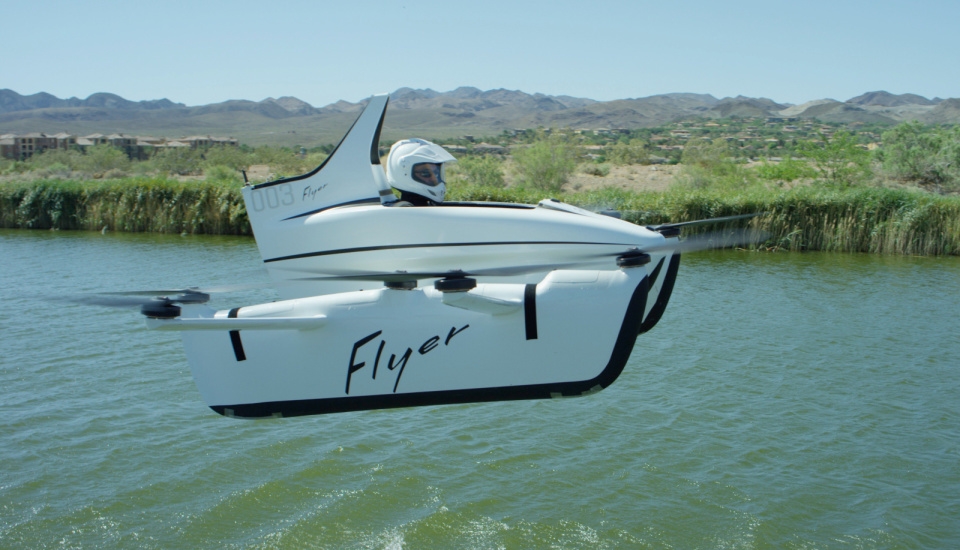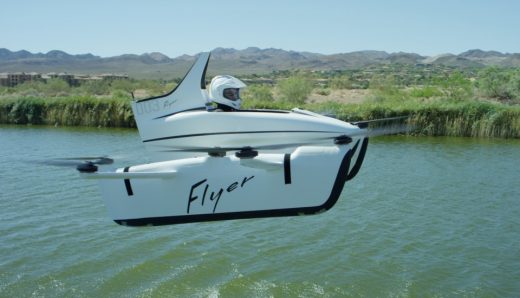Kitty Hawk moves on from its original flying car project

Kitty Hawk’s Flyer, the company’s first flying car project, is no more. The company has announced that it’s shutting down the initiative in a blog post, where it has also revealed that it’ll focus on its Heaviside plane going forward. According to TechCrunch, Kitty Hawk is laying off most of Flyer’s 70-person team, though a few employees will be transferred to Heaviside.
The original Flyer that debuted in 2017 was a one-seat, propeller-driven vehicle that looked like a flying motorcycle. Kitty Hawk introduced a new version one year later, and while it remained a single—seater, the updated 250-pound aircraft looked more like a mix of a drone and a stunt plane. The company put emphasis on how easy it is to pilot the Flyer — it was, after all, designed to be flown by anyone — so much so, that all it takes is two hours of training. Over the course of the project’s lifetime, Kitty Hawk built 111 Flyer machines and conducted over 25,000 crewed and uncrewed flights.
Unfortunately, it failed to find a way to turn the project into a viable business venture. “No matter how hard we looked, we could not find a path to a viable business,” Kitty Hawk CEO Sebastian Thrun told TechCrunch. The company had another project called Cora that developed two-seater autonomous taxis. Since that one evolved into a joint venture with Boeing, which will soon conduct passenger trials in New Zealand, Heaviside is its only known initiative at the moment.
Kitty Hawk revealed Heaviside, its all-electric plane, in 2019. Like Flyer, it’s a one-seater vehicle that’s capable of vertical take-off and landing (VTOL) like a helicopter, though it’s supposed to be 100 times quieter. “Going forward, we are doubling down on Heaviside as our primary platform,” its announcement reads. “But we would never have gotten here without launching and learning from Flyer, and the amazing team of people who built and operated it.”
(12)



